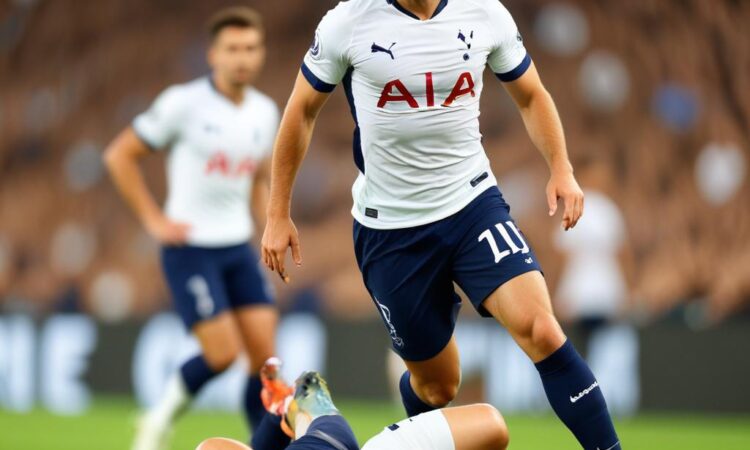Is Postecoglou’s Style to Blame for Tottenham’s Injuries?
Right, Spurs fans, let’s talk about the elephant in the room – injuries. It feels like half the squad’s been in the physio room since Ange Postecoglou took the reins, doesn’t it? And naturally, some folks are pointing fingers. Is Ange’s high-octane, all-action style the culprit? To get some answers, we spoke to sports scientist Anton McElhone, who’s worked closely with Ange at Celtic. He’s got some interesting insights.
Now, before we jump in, let’s be clear: blaming one thing for a complex issue like injuries is never simple. It’s like trying to solve a Rubik’s Cube blindfolded – lots of moving parts, and things aren’t always obvious. Player fitness levels coming into the season, the intensity of the Premier League, even bad luck can all play a part.
But McElhone’s perspective is fascinating. He’s seen Postecoglou’s methods up close, and he’s willing to discuss the potential link between Ange’s high-energy approach and the injury crisis. He emphasizes that it’s not a simple case of “Ange’s system = injuries.” It’s much more nuanced than that.
McElhone points out that Postecoglou’s style demands a huge amount from players. We’re talking relentless pressing, high tempo, and constant movement. This is brilliant when it works – it creates a thrilling, attacking style of football – but the downside is obvious: increased risk of muscle strains, tears, and general wear and tear. It’s the classic high-risk, high-reward scenario.
He also highlights the importance of individual player conditioning. Postecoglou’s system only works if every player is at peak physical condition. If players aren’t properly prepared, the risk of injuries skyrockets. Think of it like a finely tuned engine – if you put in low-grade fuel, it’s going to sputter and eventually break down.
Interestingly, McElhone also suggests that the transition to a new style of play might be a contributing factor. Players accustomed to different tactical approaches might need time to adapt to the physical demands of Postecoglou’s system. It’s a bit like learning to ride a unicycle – it looks easy until you try it! It takes time and practice to get used to it.
So, what’s the solution? McElhone doesn’t offer a simple fix, but he emphasizes the need for careful player management, robust training programs tailored to the demands of Postecoglou’s system, and a focus on injury prevention. This means smart training schedules, careful monitoring of player loads, and proactive measures to minimize risk.
He suggests a more holistic approach, encompassing everything from nutrition and sleep to recovery strategies. It’s not just about the training pitch; it’s about the entire lifestyle of a player. It’s like building a house – you need a strong foundation, sturdy walls, and a solid roof. You can’t just focus on one aspect and expect it to stand.
In conclusion, while it’s tempting to blame Postecoglou’s style for Tottenham’s injury woes, the reality is far more complex. It’s a combination of factors, and McElhone’s insights offer a more nuanced understanding of the situation. It’s not about changing the system entirely, but about ensuring that the players are physically and mentally prepared to withstand its demands.
Ultimately, only time will tell whether Tottenham can navigate this injury crisis and find a sustainable balance between exhilarating attacking football and player health. But one thing’s for sure: the conversations around this issue are far from over.
Let us know your thoughts in the comments below. Is Postecoglou’s style a significant contributor to the injury problems at Tottenham, or are other factors more important?

